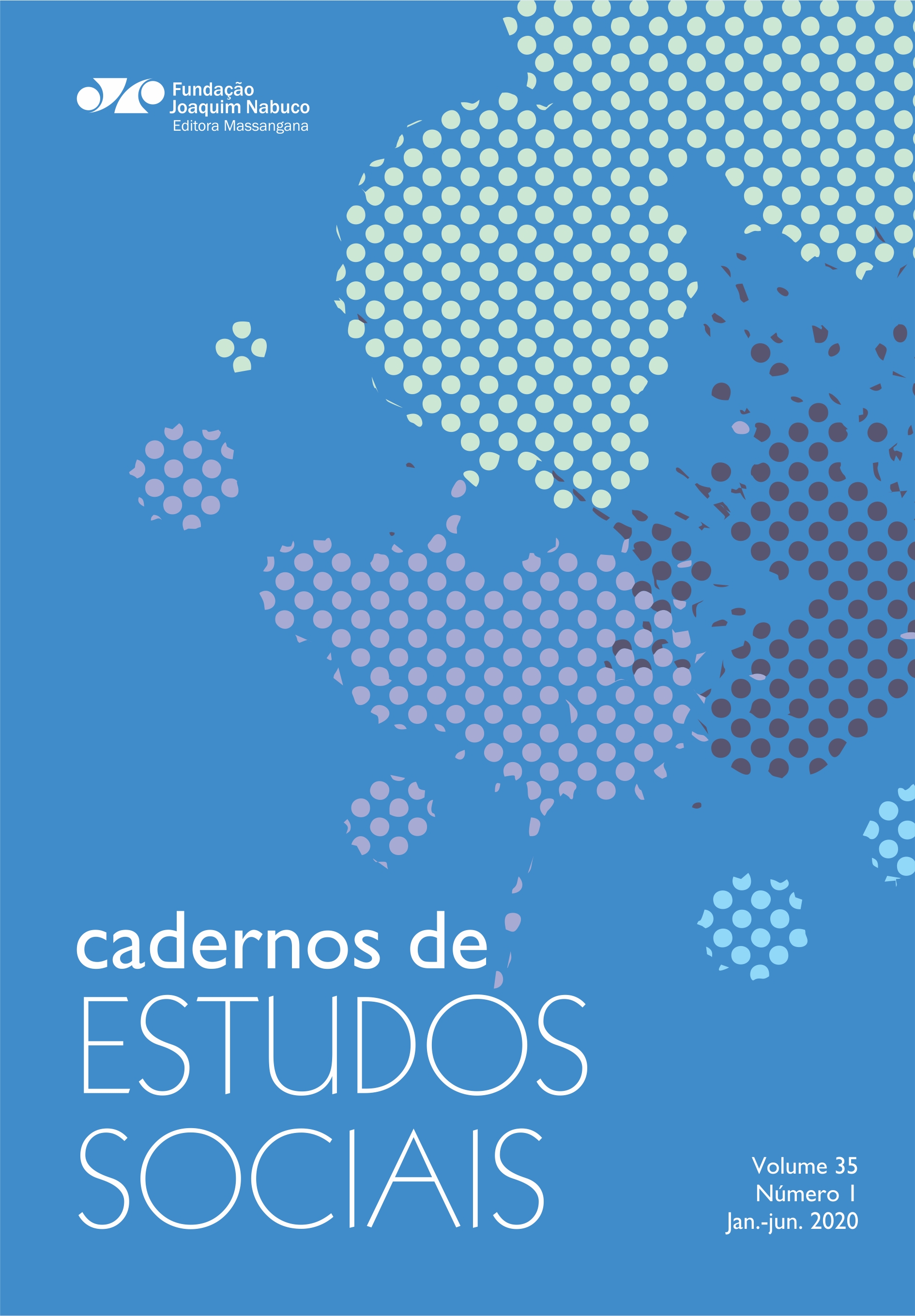The seasonality of 65 million births in Brazil – 1997-2018
DOI:
https://doi.org/10.33148/CES25954091v35n1(2020)1870Keywords:
Birth seasonality, Sociodemographic factorsAbstract
The seasonality of births has been a universal phenomenon worthy of attention since the XVIII century. Exhibiting a variety of forms, many times showing similar patterns in dissimilar societies, and dissimilar patterns in societies alike, there has never been a plausible unifying explanation for their behavior. Finding reasonable causes to understand birth seasonality worldwide is still a challenge. This paper intends to contribute to the discussion on birth seasonality in light of the Brazilian reality, analyzing data about 65,764,313 births from 1997 to 2018 in Brazil. This study investigates monthly birth seasonality, according to social-demographic characteristics of mothers (region, age, race/color, schooling, fertility, and marital status), adjusted to consider the same length for each month of the year. Brazil has two clear periods of birth peaks: the main one is observed in March, April, and May, due to winter conception. A second important peak is observed in September, related to conceptions in December. A clear valley is observed in November and December, due to summertime conceptions. In spite of the continental dimensions of Brazil, its climatic diversity and broad social differences, the Brazilian population presents the same temporal birth distribution, according to geographic spaces and population segments, due mainly to conceptions happening in the Brazilian winter season.
Downloads
Downloads
Published
How to Cite
Issue
Section
License
Copyright (c) 2020 Autor, concedendo à revista o direito de primeira publicação

This work is licensed under a Creative Commons Attribution 4.0 International License.
Autores que publicam nesta revista concordam com os seguintes termos:
- Autores mantém e retém os direitos autorais. Os mesmos concedem à revista o direito de primeira publicação, com o trabalho simultaneamente licenciado sob a Licença Creative Commons Attribution que permite o compartilhamento do trabalho com reconhecimento da autoria e publicação inicial nesta revista.
- Autores têm autorização para assumir contratos adicionais separadamente, para distribuição não-exclusiva da versão do trabalho publicada nesta revista (ex.: publicar em repositório institucional ou como capítulo de livro), com reconhecimento de autoria e publicação inicial nesta revista.


